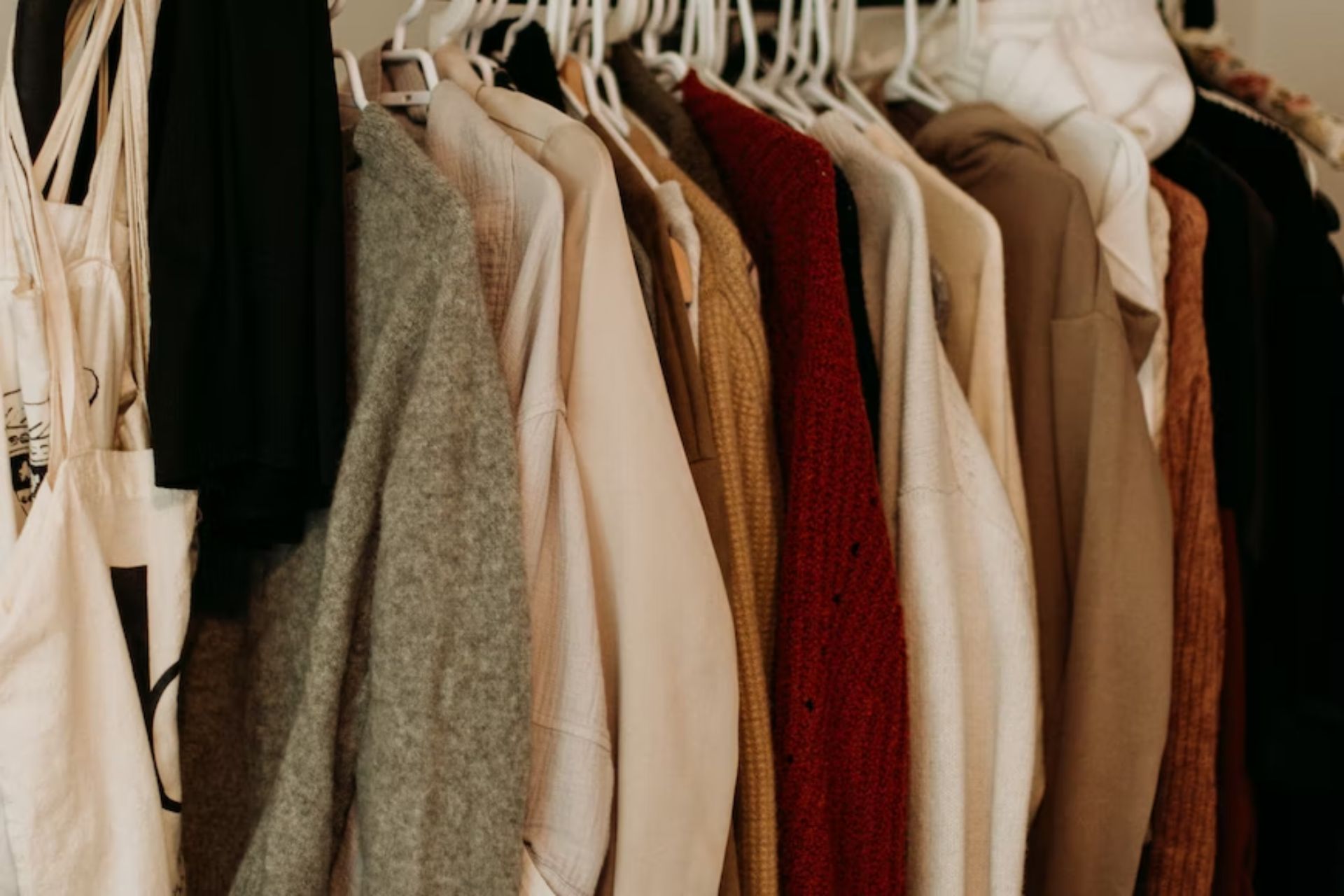
The Many Financial Benefits of Thrifting
We are reader-supported. When you buy through links on our site, we may earn affiliate commission.
Clothing trends come and go like the seasons, but thrifting is one new “trend” that seems to be here to stay. While many people knew of thrift stores before they became popularized with the current trends, fashion influencers encouraged people to seek out well-cared-for thrifted items to look fashionable on a budget. Almost everyone knows that thrifting is better for the environment, but the financial benefits of thrifting are also notable.
What Is Thrifting?
“Thrifting” is the verb form of visiting a thrift store and buying items that have been used before. Secondhand shops are a great way for people to find affordable clothing and things that they could not otherwise afford new. Thrift stores also provide a great opportunity for people who want to make better choices for the environment. Thrifting took off as people started to care more about their health and the health of the world around them, so they wanted to give something an extended life span rather than buying something new.
3 Financial Benefits of Thrifting Your Clothes
Clothing is the most common item that people often include on their thrifting shopping list. Buying secondhand clothes in droves means that people can stand up against fast fashion and rely on clothes that have withstood years of wear and tear. Though it’s also great for the environment, you cannot ignore the financial benefits of thrifting.
1. Save Money
The clothes that you acquire at a thrift store are much cheaper than when they’re brand-new with tags. Some items in the thrift store may even have tags on them, signifying that they’ve never been worn. Thrifting is most popular with Millennials, or Gen Y, and Gen Z individuals, who are more likely to care about climate change. Possibly as a result of thrifting more of their clothing, Millennials spend less per month on clothes than their Gen X counterparts. If you need new clothes, try looking for staple pieces at the thrift store that you can build several outfits around.
2. Give Back to the Community
The money you contribute to a thrift store, whether it’s local to you or somewhere you visit on vacation, supports the community it comes from. Certain thrift stores send profits directly to homeless shelters or animal rescues. If you want to give back to the community and know what you’re supporting, do your research before shopping at a thrift store. You’ll find one worth supporting, and you may continue to go back to it.
3. Invest in Lasting Clothing
Clothing in thrift shops is usually from generations past, things that have withstood the test of time. Sustainable clothes tend to cost a bit more, thanks to the fair wages and sustainably-produced fabrics and textiles, and you can find them potentially much cheaper than new in a thrift store. The more sustainable fabrics you buy from a thrift store, the less frequently you’ll need to shop for new clothes.
This clothing has likely lasted years, and it will last even longer if you take care of it correctly. By purchasing from a thrift store, you know that the clothing you bought has lasted through washes and can hold up for quite a few wears for you until it moves onto the next cycle of life and is turned into rags or discarded responsibly.
Potential Downsides to Thrifting
Though thrifting started as a way for lower-income families to shop without worries, thrifting has recently started trending. Thrifting is absolutely better for the environment than buying everything new. Still, it becomes an issue when people decide to take thrifted pieces and resell them because it takes those resources away from the people who could use them most. One of the most important components of thrifting is shopping responsibly and leaving things that you don’t need or plan only to wear once.
Another downside of thrifting is that you may be indirectly supporting fast fashion. Fast fashion leads to waste because it is often poorly made and doesn’t have a long life span, so tons of waste end up in landfills every year. You can tell a fast fashion brand by the tag on the clothing, and while you may not be supporting the retailer directly, you could be showing that there’s a demand for fast fashion. However, the financial benefits of thrifting may outweigh potentially supporting a fast fashion brand indirectly.
Are the Financial Benefits of Thrifting Worth It?
In short, yes. The financial benefits of thrifting can help save your wallet just as you plan to better the environment by not contributing to new production. The only issue is that you must be picky when choosing your thrifted clothes. Don’t buy something just to resell it later. You may want to think of how often you’ll wear the article of clothing or how many outfits you could make with it. Acquiring “hauls” anywhere — via fast fashion or a thrift store — could still deplete resources that other people desperately need. Consume responsibly, and you’ll benefit the environment while saving the strain on your wallet.
Share on
Like what you read? Join other Environment.co readers!
Get the latest updates on our planet by subscribing to the Environment.co newsletter!
About the author
Maria Visser
Maria serves as the Assistant Editor of Environment.co. A true foodie and activist at heart, she loves covering topics ranging from veganism to off grid living.





